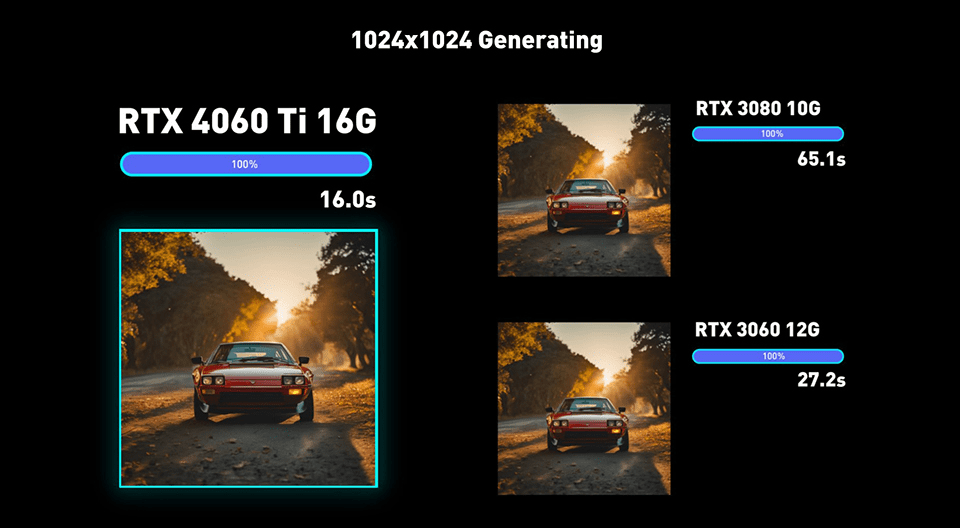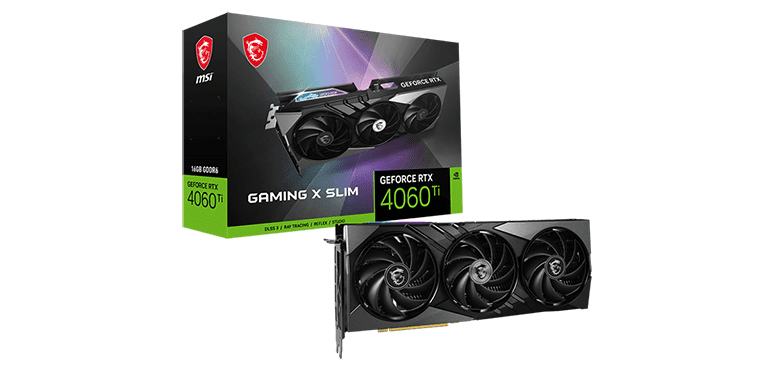In recent months, you’ve likely Stable Diffusion seen social media postings, news stories, and videos concerning AI and its content. ChatGPT, OpenAI’s creation, is most popular. Users may ask questions, command the AI model to execute tasks, create code, and compose phrases, paragraphs, or full articles using its chat style interface!
In addition to text-based models like ChatGPT, visual AI models that produce visuals from prompts have increased.
Naturally, such powerful technologies have upended entire sectors. Many professions are seeing an influence from AI models, but none can match humans in art, design, writing, and originality.
However, AI generated content is presently solely utilised to create generic material.
Their usefulness will grow with time. Newer AI models are improving on older ones.
Trends in Stable Diffusion XL Graphics Cards
Open source AI technologies allow people, corporations, and organisations to locally host these models on their hardware without privacy or security concerns.
Large companies have the technology and funds to self-host these models, but individuals and professionals using AI may struggle. AI models’ VRAM requirements can make them sluggish or unsupported on contemporary hardware.
Minimum Stable Diffusion XL Requirements
Stability AI’s new SDXL model is an example. The business calls it “the most advanced” release.
It can now create better faces, intelligible text, and attractive art with shorter instructions. These enhancements cost VRAM and GPU performance.
We’ll utilise current and previous-gen Nvidia graphics cards to see how they function since Stability AI recommends them. In their news release, Stability AI recommends 8 GB VRAM, however we wanted to test bigger VRAM capacity.
Does toeing the minimum (or slightly surpassing it) substantially affect performance, or can a more powerful GPU compensate for VRAM?
We let our lab test it on current and previous-gen hardware to answer that. Your next graphics card purchase should be more informed with the facts.
SDXL GeForce GPU Benchmarks
We’ll test using an RTX 4060 Ti 16 GB, 3080 10 GB, and 3060 12 GB graphics card.
Gaming benchmark enthusiasts may be surprised by the findings.

The 16GB VRAM buffer of the RTX 4060 Ti 16GB lets it finish the assignment in 16 seconds, beating the competition. The RTX 3060 12GB, having 12GB VRAM, follows with 27.2 seconds. Pretty nice, but not outstanding.
Unfortunately, the RTX 3080’s lack of VRAM renders its sheer horsepower meaningless with a 65.1-second time! Thus, a current RTX 4060 Ti 16GB outperforms a high-end RTX 3080 with ~4x quicker picture creation.
SDXL Benchmark: 1024×1024+LoRA
Up the ante, please. LoRA will be our next test.
LoRA or Low Rank Adaptation lets you customise Stable Diffusion models for certain art styles or characters. This strains your VRAM, so let’s see how our rivals do.
RTX 3080 is easily surpassed by 60 class GPUs with larger VRAM. The RTX 4060 Ti 16GB again generates the picture in 17 seconds, but the RTX 3080 takes 98.8 seconds.
1024×1024 + LoRA + ControlNet SDXL Benchmarks
Make it harder for 60 class cards with some ControlNet requirements.
First, what’s ControlNet? This neural network model controls and fine tunes Stable Diffusion compositions (outputs). It tells Stable Diffusion that you’re offering a clear reference to the design you desire by adding more criteria to the outputs, tailoring the outcome to fit your needs.
The RTX 3080 is closing in on the RTX 4060 TI 16 GB and ultimately defeating the 3060 12 GB. Even in this very compute-heavy scenario, the RTX 4060 Ti 16GB wins by a hair.
SDXL Benchmark: 1024×1024+Upscaling
Try some upscaling. Can our 60 class competitors match the RTX 3080’s upscaling power? The Real Enhanced Super-Resolution Generative Adversarial Networks (R-ESRGAN 4x+) will be used for these experiments.
The RTX 4060 Ti 16 GB finishes a 1024×1024 picture upscaled to 2x in 5.5 seconds, faster than the 3080 and 3060 12 GB.
R-ESRGAN 4x+ upscaling narrows the gap between the RTX 4060 Ti 16 GB and the competition. The RTX 4060 Ti 16 GB is 23% quicker than the RTX 3080 10 GB, while the 3060 12 GB is within striking distance. However, the RTX 4060 Ti 16GB leads.
These final two results show that the RTX 3080 inches becomes closer to the 60 class competitors the more demanding the upscaling job.
Best Value Stable Diffusion XL Graphics Card
AI models like Stable Diffusion XL need additional VRAM. The testing above shows that the RTX 4060 Ti 16GB is the best-value AI image generating graphics card available.



[…] Stable Diffusion text-to-image model’s creator, Stability AI, was one of the biggest buyers of an AI […]
[…] showcased her text-to-image generative AI model, Stable Diffusion, at Mobile World Congress earlier this year using a Snapdragon 8 Gen 2 […]